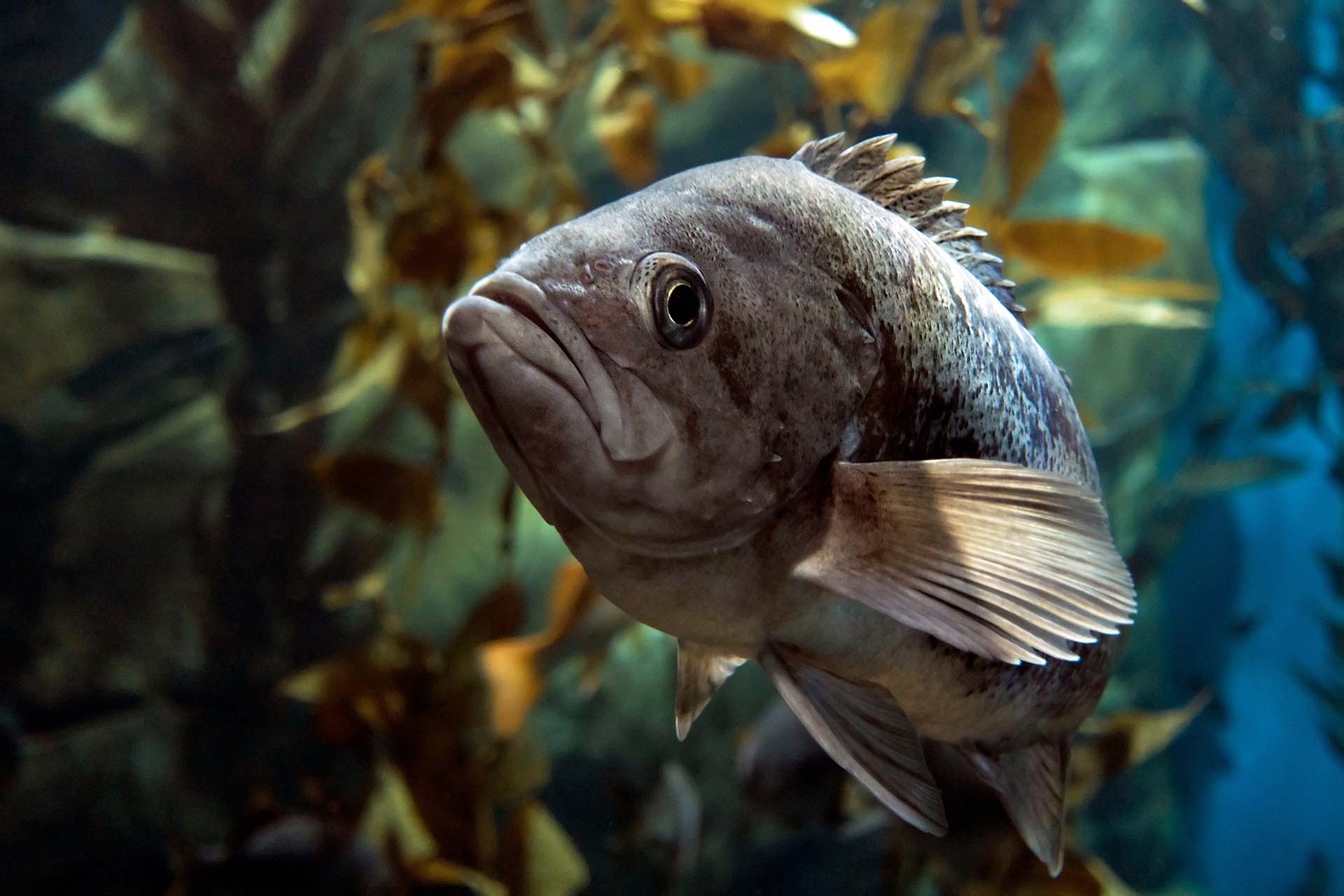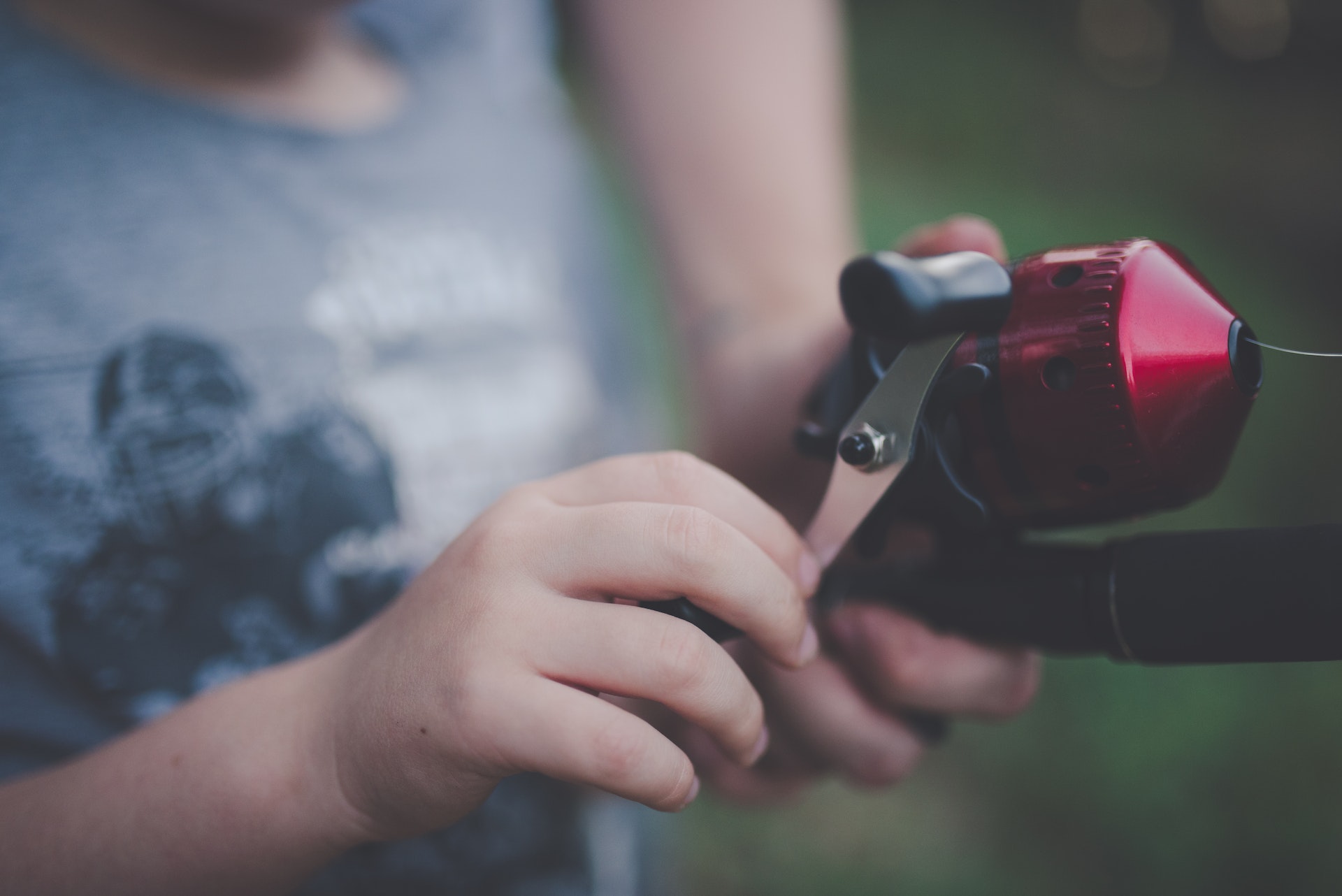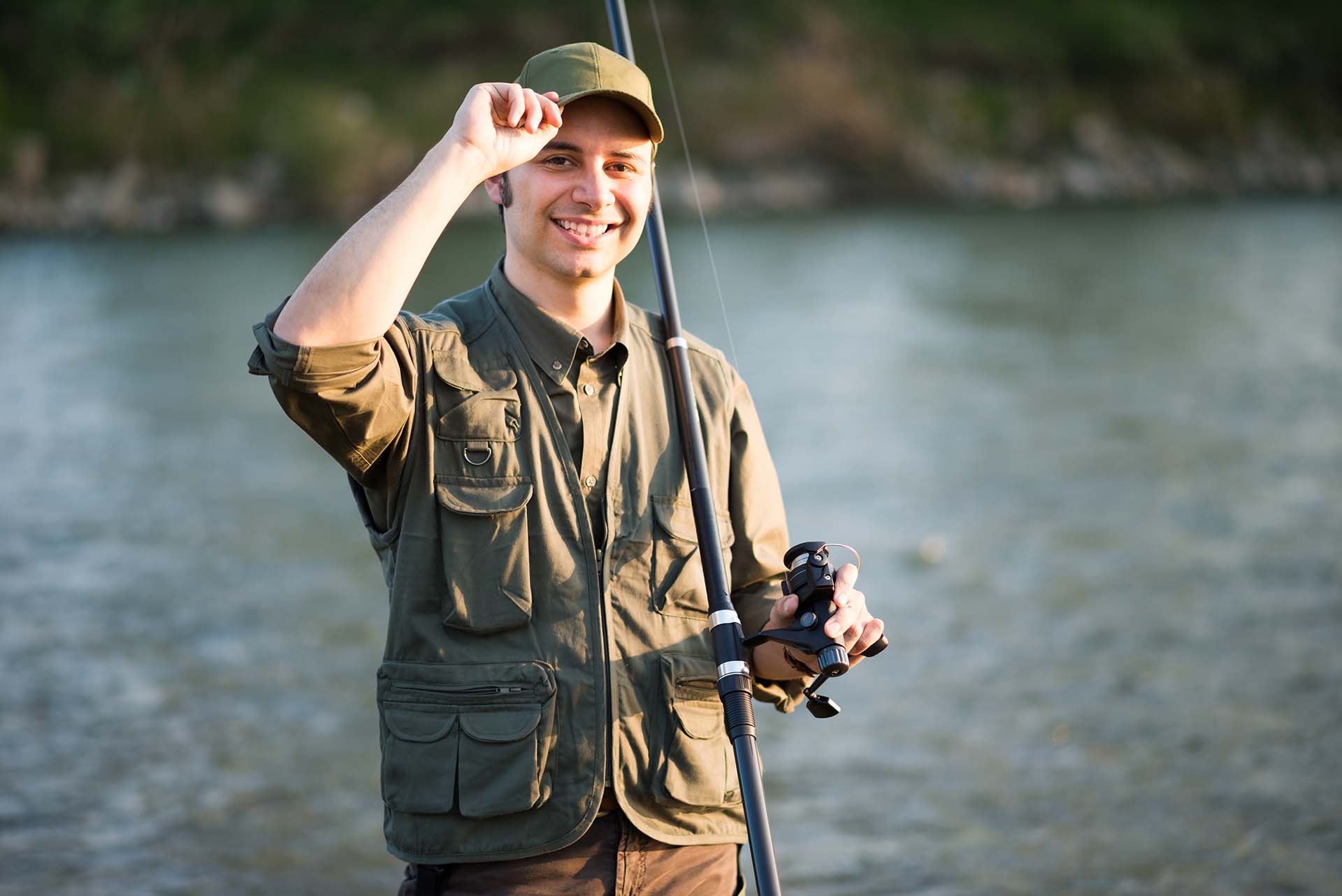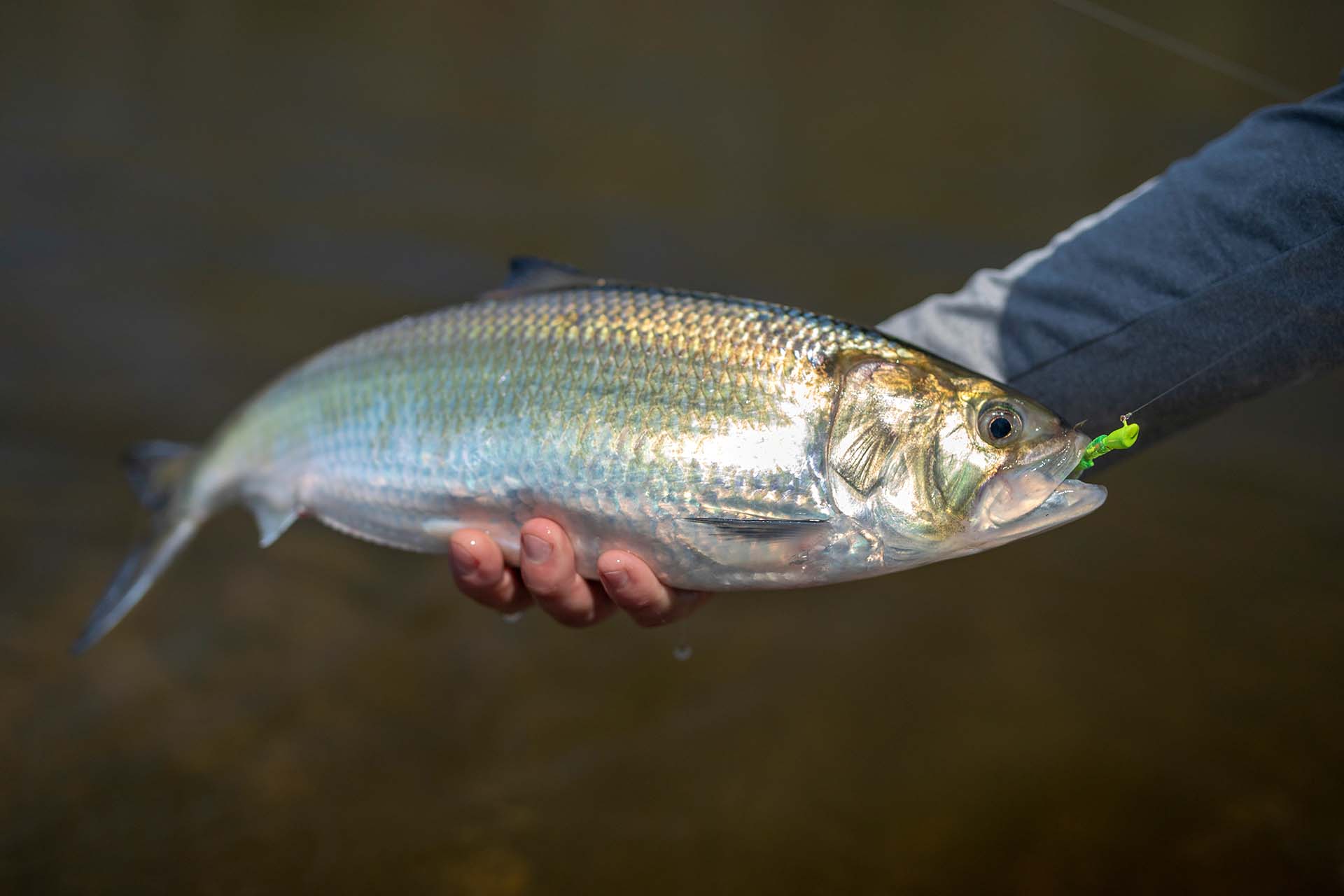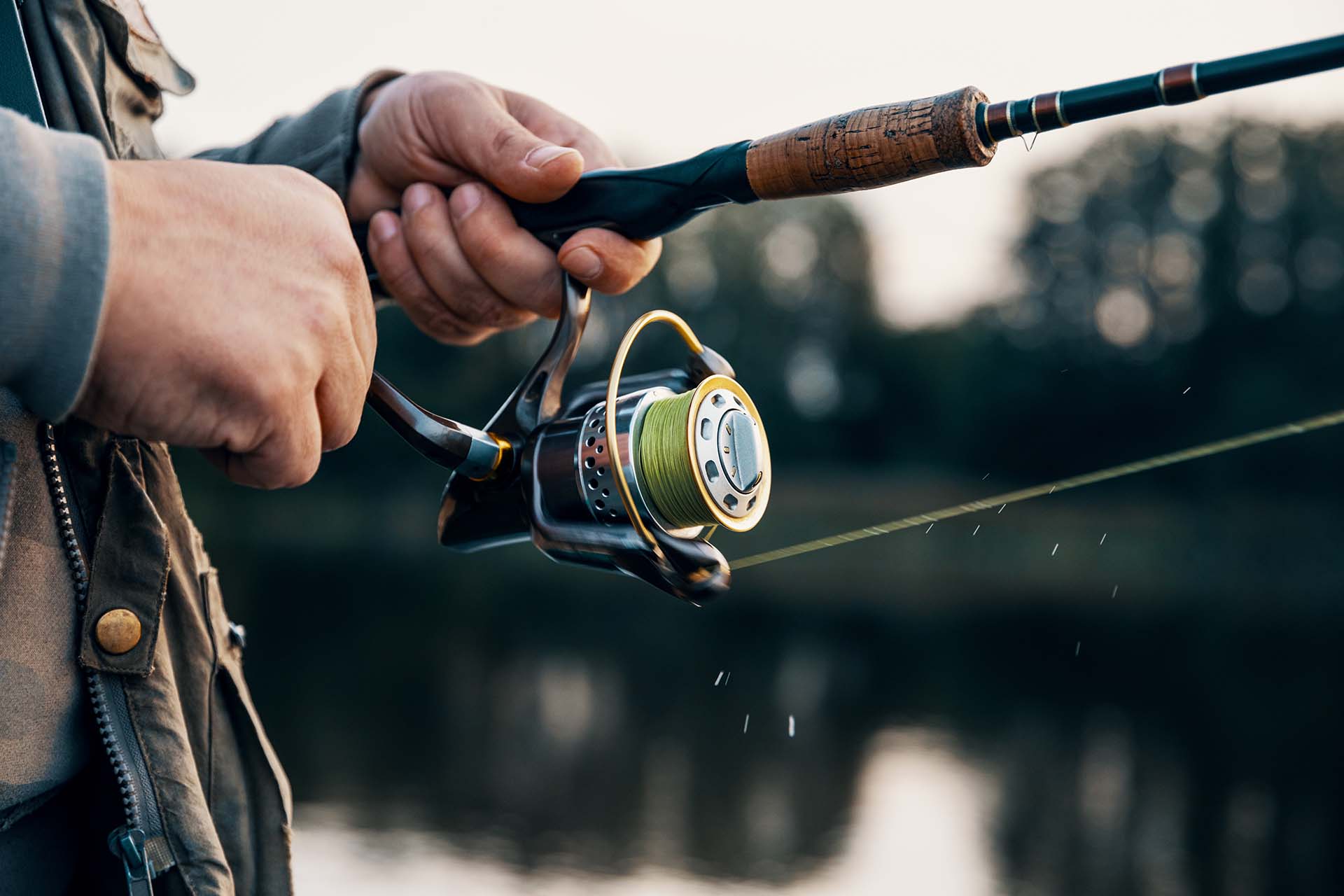Knowing how to use fishing weights can make all the difference between a good day and a great day on the water. Because of that, we’re diving deep into the art of using these handy little tools like a pro, helping you get your bait exactly where the fish are biting. Let’s cast off into selecting sinker sizes and rigging them the right way to add some angling finesse to your adventures.
Sink or Swim – How to Use Fishing Weights
How to use weights depends on the size and style of the sinker you’re using. The correct positioning of these weights on your line can greatly influence the complexity of your rig and how effectively you present the fresh baits or artificial lures. Whether you’re aiming for depth, precision, or a particular movement in the water, fine-tuning fishing rigs with sinkers can significantly enhance your fishing technique.
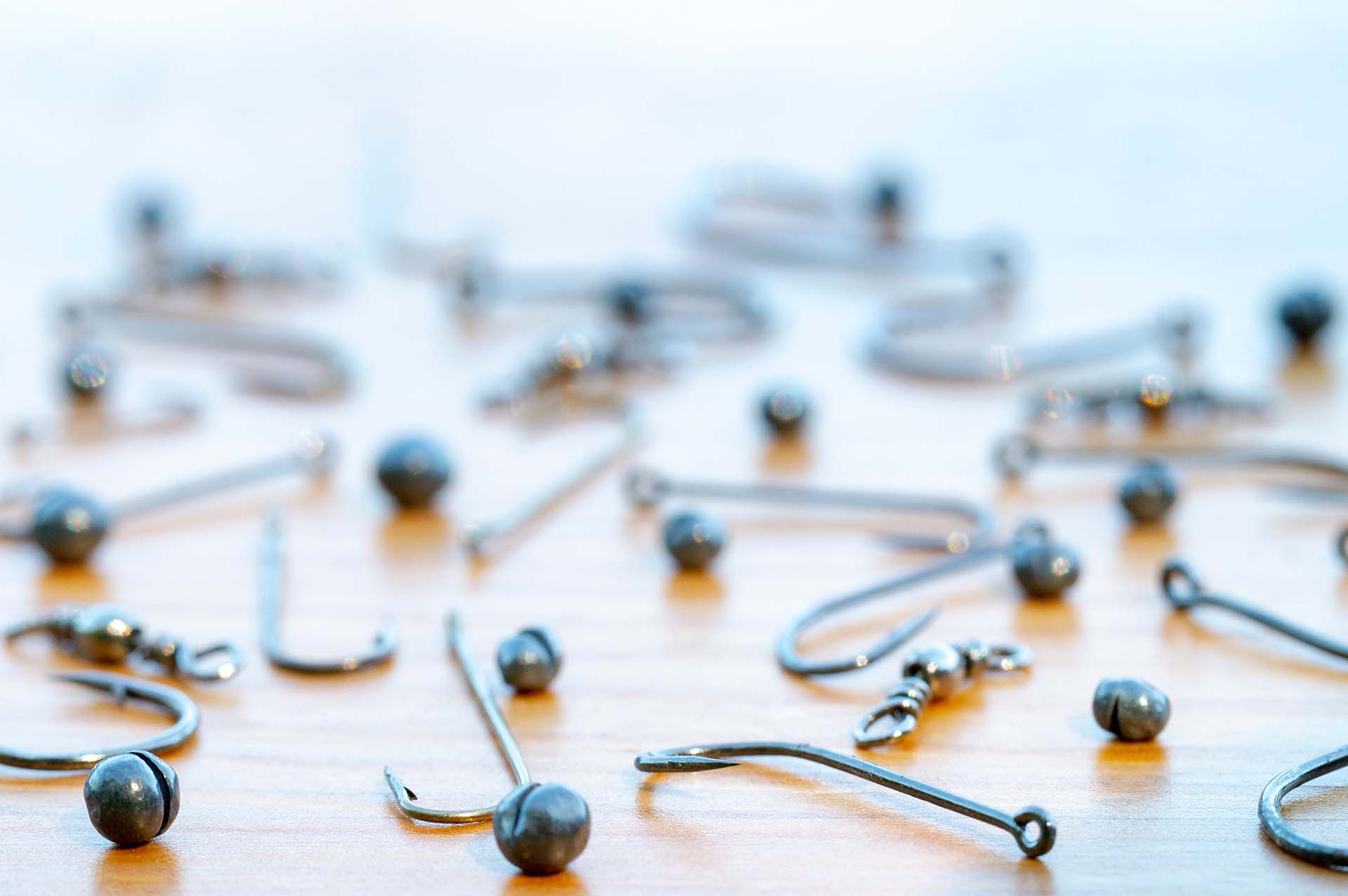
Weighing Your Options – A Guide to the Different Types of Fishing Weights
In angling slang, these handy little devices are often referred to as sinkers. They come in a myriad of shapes and sizes, each designed for specific angling styles and conditions. While narrowing down your options to the right pick might seem overwhelming, experimentation should always be a big part of the game.
To help you get started, here’s a rundown of some of the most common types of fishing sinkers:
| Type of Sinker | Intended Use | Advantages |
|---|---|---|
| Split-Shot | General use | Simple to use and versatile |
| Egg Sinker | Classic casting, trolling, and drifting | Good for stealthy setups |
| Bullet Sinker | Casting in weeds or heavy cover | Reduces snagging |
| Sputnik Sinker | Surf fishing | Excellent grip in strong currents |
| Pyramid Sinker | Bank and shore fishing | Good for sandy or muddy bottoms |
| Disk Weight | Holding bait stationary | Effective in strong currents |
| Pencil Sinker | Steelhead and salmon | Less likely to get caught on rocks |
| Walking Sinker | Bottom-fishing | Moves naturally with currents |
| Drop-Shot Sinker | Drop-shot techniques | Precise weight positioning |
A Case Study – Bullet Weight Usage in Bass Fishing
From the specific water conditions you’re dealing with to the fish species on your radar, a lot of factors play into the whole ordeal. The sinker variety for different fishing conditions is vast, and honestly, you could write an entire book on this subject alone.
But we’re not gonna do that here – instead, let’s keep things simple and focus on a specific case study – bass fishing. After all, this is a favorite for both professional and beginner anglers alike.
How to Use Bullet Weights for Fishing Bass
Bullet weights are a go-to choice, particularly when using soft plastic lures like worms, salamanders, and creature baits. My personal favorites are the AGOOL Bullet Sinkers. These sinkers are uniquely designed with a central hole, allowing them to slide freely along your fluorocarbon line. Here’s a step-by-step guide on using bullet sinkers effectively:
- Thread the bullet sinker onto your line, pointed end first,
- Attach a suitable fish hook to the end of your line,
- Use the knot of your choice to tie the fish hook,
- Attach the soft plastic lure on the hook,
- Cast and allow the sinker to pull your bait to the desired depth.
When it comes to bass fishing, effective bait presentation with sinkers is all about seamlessly integrating this piece with your chosen bait. Typically, it’s best to keep your weight separate from your fish hook, but bass, known for their aggressive nature, often strike without much thought, making this an exception.
An Effective Alternative – How to Use Nail Weights for Fishing Bass
Once you master how to use bullet weights, fishing for bass becomes an adventure like no other. However, there’s another effective method, one that involves the use of nail weights. This approach entails inserting a small lead spike directly into a soft plastic bait.
From my experience, the Reaction Tackle Tungsten Nail Weights have proven to be the most effective choice, and they’re fairly easy to rig. Using nail weights in angling allows for the lightweight worm to sink more rapidly and fish it with greater control compared to traditional, subtle presentations.
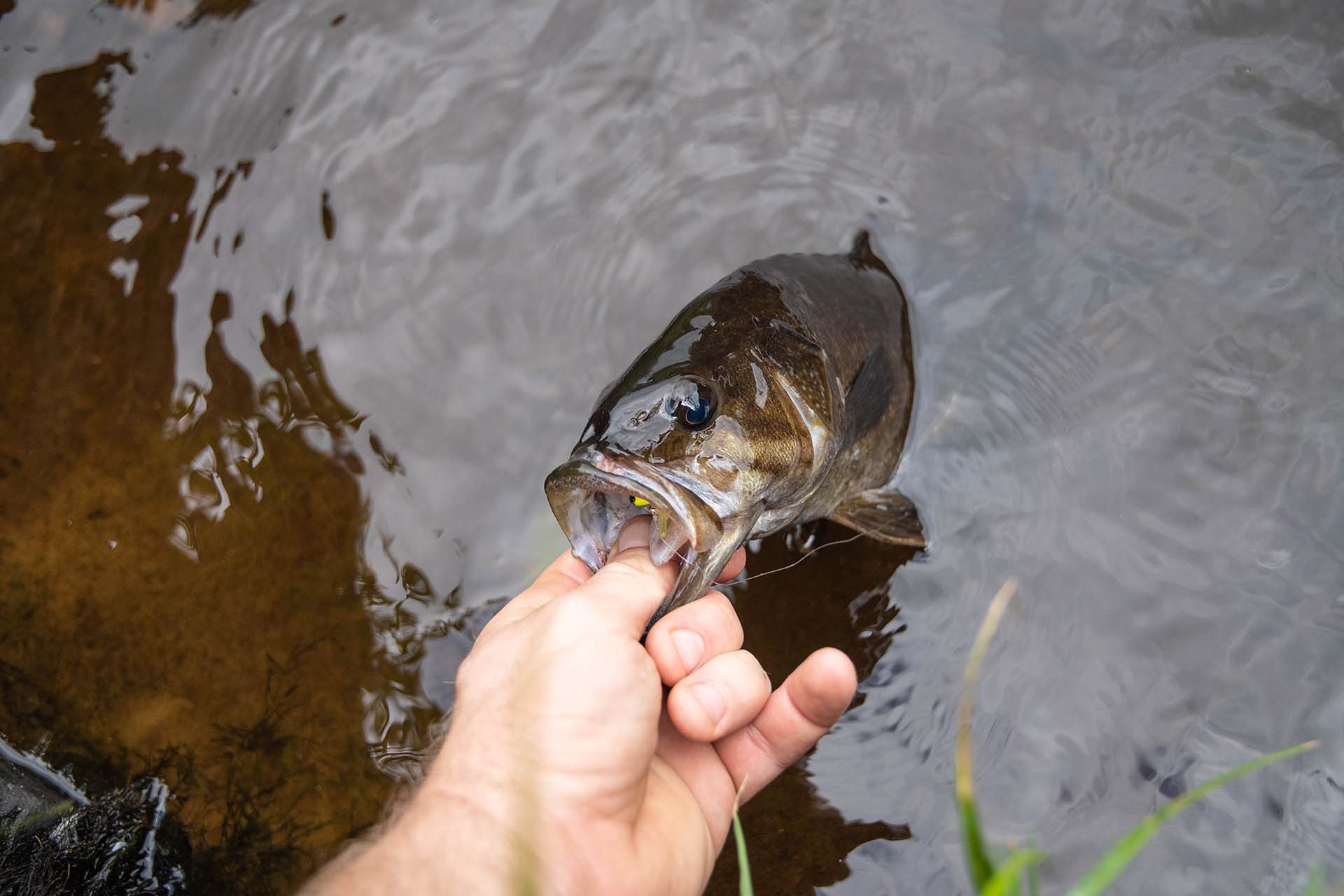
It’s All About Balancing Sinker Weight for Optimal Casting and Plenty of Catches
No matter if you’re targeting largemouth bass or the elusive trout, and regardless of the specific type of sinker you’re using, achieving the perfect balance is key. It’s a delicate dance of finesse and precision, where the weight of your sinker plays a pivotal role in how well you can cast and, ultimately, how many catches you reel in.
In practice, this means considering several factors. For optimal casting, the weight of the sinker should complement the type of fishing rod and line you’re using. It should also match the technique, whether you’re casting long distances or dropping bait in a specific spot. Remember, the goal is to make your bait appear as natural and enticing as possible, a task that requires both skill and the right equipment.
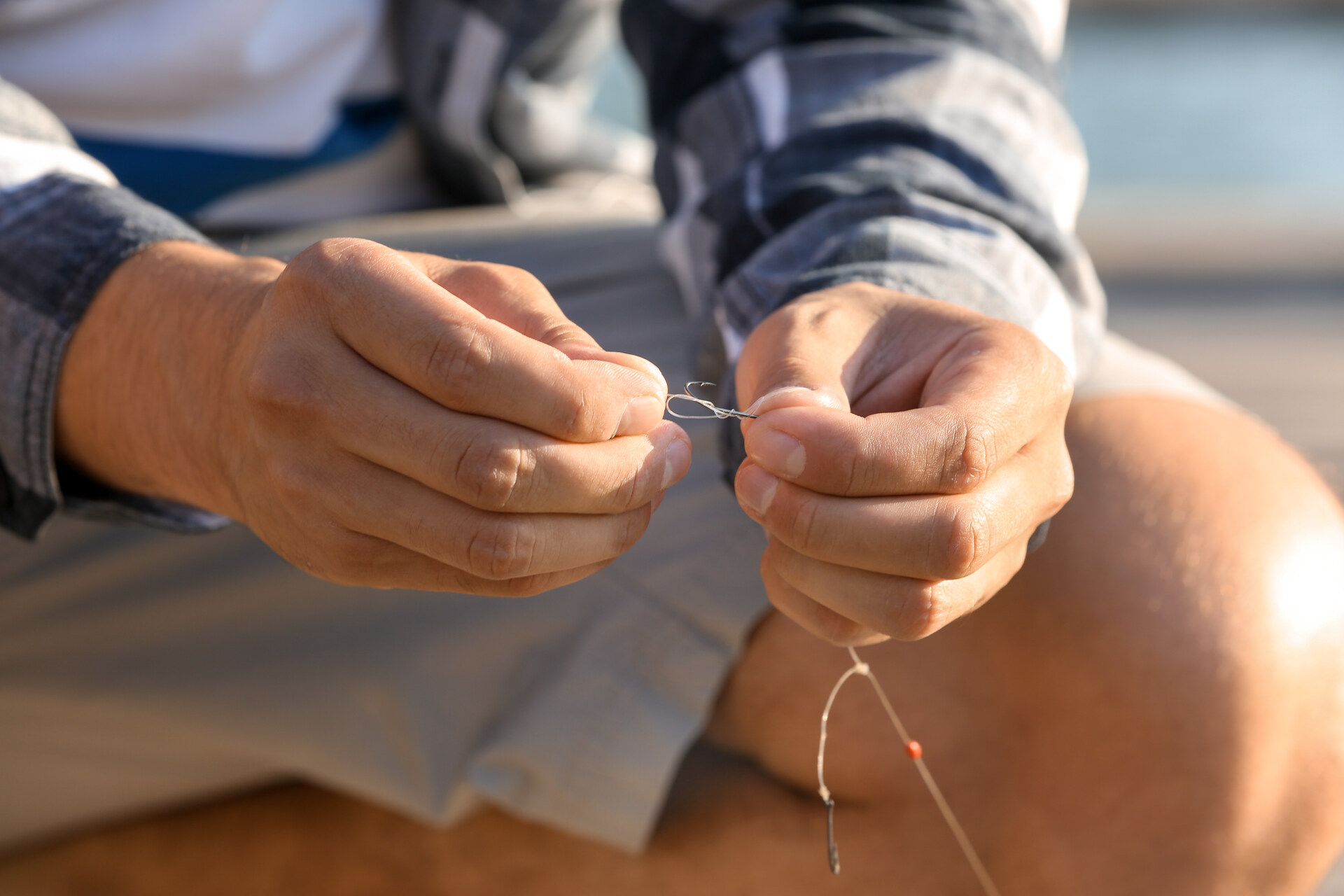
Getting the Lowdown – Mastering the Art of Sinker Selection
Selecting the right sinker for your angling ventures is more than just a throw of the dice – it’s a blend of science, experience, and a bit of intuition. With such a wide range available, there are plenty of factors to take into account. Let’s dive into some of these key considerations that will help you make an informed choice:
Shape of the Sinker
The shape of your sinker can greatly influence its performance in the water. Streamlined shapes like bullet or pencil sinkers are ideal for reducing drag and preventing snags in areas with dense vegetation or rocky bottoms. Conversely, pyramid sinker benefits lie in the fact that they are more suitable for strong currents, preventing your bait from drifting away.
Size and Weight of the Piece
Adjusting sinker weight for currents is one of the most crucial aspects of using these pieces, so make sure you give some special attention to it. In deeper or fast-moving waters, a heavier sinker is essential to anchor your bait effectively. However, in calm or shallow waters, a lighter sinker is preferable to prevent disturbing the natural presentation of your bait.
Sinker Material Considerations
Lead vs. alternative sinker materials – this debate has been going on for years now. Traditionally, sinkers have been made from lead, but the fishing weight environmental impact of these pieces is not exactly great. These concerns have led to a rise in alternative materials like tungsten, brass, and steel. Tungsten, for instance, is denser than lead, allowing for smaller, more compact weights, whereas brass and steel are environmentally safer options.
Desired Bait Presentation
Some applications, such as split shot sinker techniques, are easily adjustable and can be moved along the fishing line to change the bait’s movement. Others, like drop-shot sinkers, are designed for specific rig setups, providing a more controlled and precise bait presentation. All in all, by considering how you want your bait to look and move in the water, you’ll land on your perfect fit.
Customizing Sinker Selection for Specific Fish
The fish species you’re targeting also dictates the type of sinker you should use. Different species have varied feeding habits and environments. For instance, bottom feeders might require a sinker that keeps the bait near the seabed, while other species might need a more subtle presentation with a lighter weight.
Building Your Sinker Collection – The More the Merrier
In this exciting sport, having a diverse collection of sinkers and other tackles at your disposal can drastically change the outcome of the whole ordeal. A well-rounded sinker collection allows you to adapt on the fly and meet the challenges of various water conditions with confidence. Here are some tips to start building a comprehensive collection:
- Begin with the basics like split-shot, bullet, and pyramid sinkers,
- Consider the environment you frequently cast in and focus on sinkers that perform well in such conditions,
- Include a few types specific to the kind of fish you’re targeting or the unique techniques you like to employ,
- As you gain more experience and try different techniques, add more specialized sinkers to your collection,
- Balance environmental considerations with functionality by choosing high-quality eco-friendly materials.
Organization Is Key – Tips for Sinker Storage Solutions
An organized tackle box with dedicated compartments for different types and sizes of sinkers ensures that you can quickly find what you need without losing precious time. Consider using labeled dividers or separate small containers within your tackle box to categorize your sinkers.
Moreover, proper storage is crucial for maintaining the quality and longevity of your sinkers, especially those made from materials prone to oxidation or damage. Use moisture-resistant containers or compartments that prevent rust and corrosion, keeping your pieces in top condition. For those who have an extensive collection, a larger storage system with multiple trays or a dedicated tackle organizer can be a great investment.

Weighting for Success and Casting off With the Right Gear
Each cast is an opportunity to experiment with different types of sinkers, discovering what works best in your unique conditions. From the calm serenity of a local lake to the unpredictable currents of a rushing river, the right sinker can turn any day into a story worth sharing. So, go ahead, dive into your tackle box, and mix things up. Try different weights, shapes, and materials. You might just find that secret weapon that makes all the difference.
FAQ
Can the Color of the Sinker Affect My Success?
Yes, the color of your sinker can have an impact, especially in clear water conditions where fish might be more wary. Some anglers prefer natural or muted colors to blend in with the surroundings, while others use bright colors to attract attention.
Is There a Specific Type of Sinker That’s Best for Fly Fishing?
In fly fishing, where the emphasis is on lightweight and natural presentation, split-shot sinkers are commonly used. They are small, easily adjustable, and can be added or removed without much hassle, making them ideal for achieving the delicate balance required for this technique.
How Do I Choose the Right Size of Sinker for Surf Fishing?
When surf fishing, the size of your sinker should be chosen based on the wave action and current strength. Generally, heavier sinkers are needed to keep the bait in place in strong surf conditions. A good rule of thumb is to start with a heavier weight and adjust downward if necessary.

